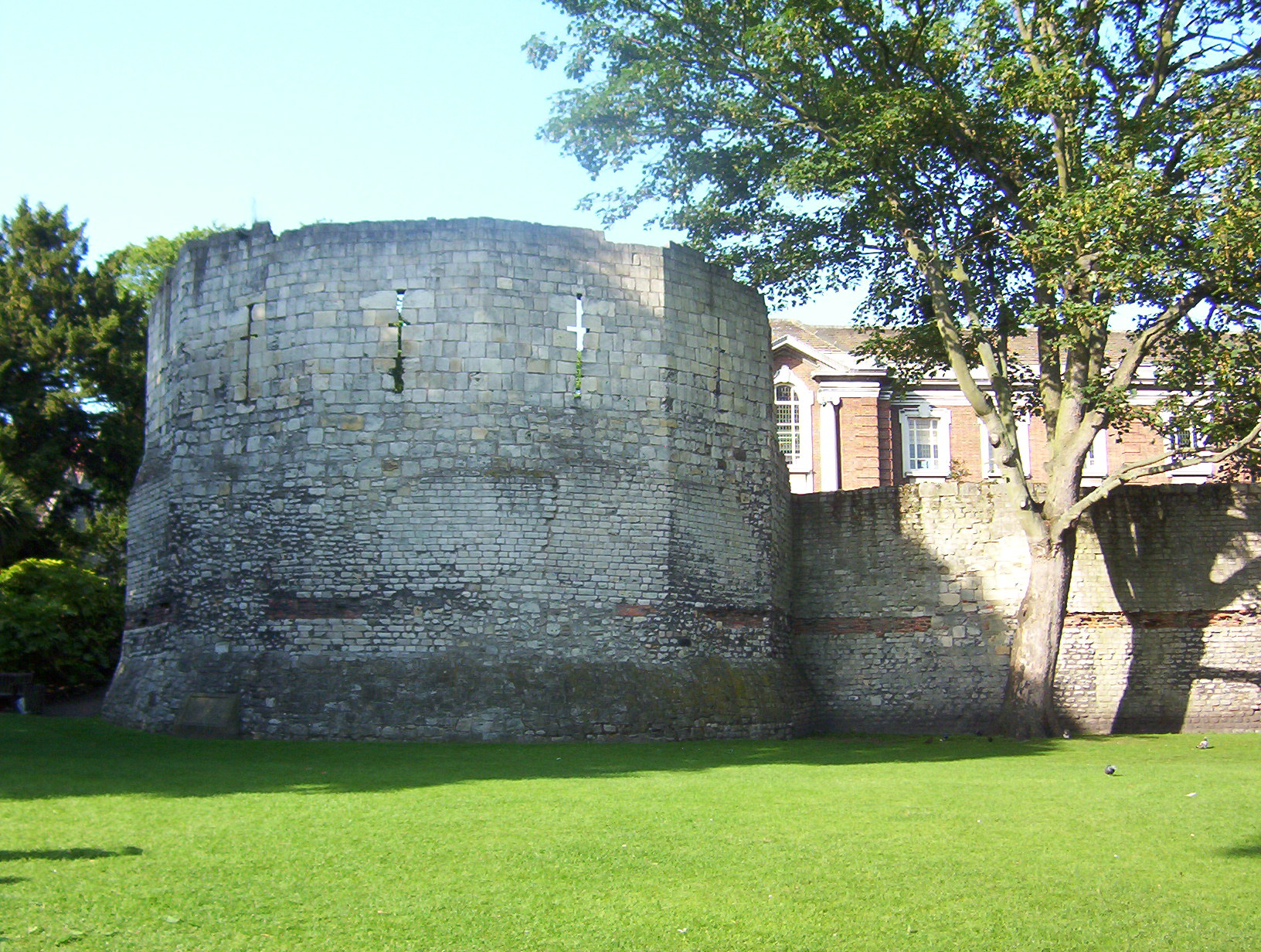|
Duncombe Place
Duncombe Place is a street in the city centre of York, in England. History The street was first mentioned in 1346 as Lop Lane, and it later became known as Little Blake Street. Initially a very narrow street, the eastern entrance to St Leonard's Hospital lay on its north-western side. It was widened in 1785 to 15 feet, and then in 1864 to more than 100 feet. This led to the demolition of most of the existing buildings on what was then Minster Close, but some survive on the north-west side. Elsewhere, landmark late-Victorian buildings now line the road. In 1880, it was renamed "Duncombe Place", after Augustus Duncombe, the Dean of York. The street has a long history of Catholic worship, with a house, probably 7 Little Blake Street, occupied by a priest as early as 1688, and by 1764, 170 Catholics were meeting in a chapel there, dedicated to St Wilfrid. In 1806, it was sold to the freemasons, but the York Oratory was built on the street in 1864, the city's main Catholic ch ... [...More Info...] [...Related Items...] OR: [Wikipedia] [Google] [Baidu] |
York
York is a cathedral city with Roman Britain, Roman origins, sited at the confluence of the rivers River Ouse, Yorkshire, Ouse and River Foss, Foss in North Yorkshire, England. It is the historic county town of Yorkshire. The city has many historic buildings and other structures, such as a York Minster, minster, York Castle, castle, and York city walls, city walls. It is the largest settlement and the administrative centre of the wider City of York district. The city was founded under the name of Eboracum in 71 AD. It then became the capital of the Roman province of Britannia Inferior, and later of the kingdoms of Deira, Northumbria, and Jórvík, Scandinavian York. In the Middle Ages, it became the Province of York, northern England ecclesiastical province's centre, and grew as a wool-trading centre. In the 19th century, it became a major railway network hub and confectionery manufacturing centre. During the Second World War, part of the Baedeker Blitz bombed the city; it ... [...More Info...] [...Related Items...] OR: [Wikipedia] [Google] [Baidu] |

